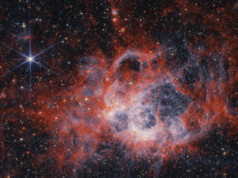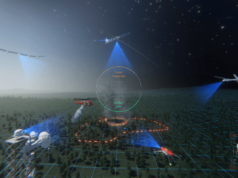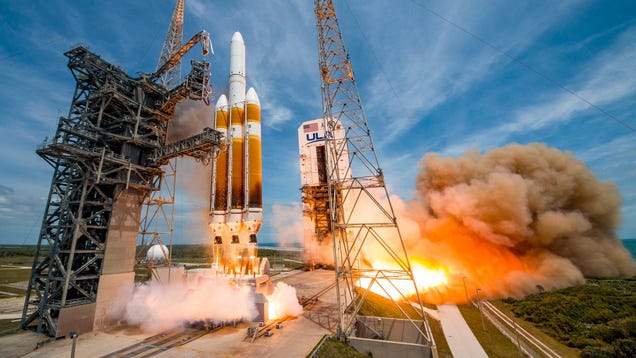
When you send something to space, it’s good to have redundancy. Sometimes you want to send two whole duplicate spacecraft just in case — as was the case with Voyager — but sometimes it’s good enough to have two of critical components. Mars Rover Curiosity is no exception, and it is now in the process of switching from one main “brain” to the other so it can do digital surgery on the first.
Curiosity landed on Mars with two central computing systems, Side-A and Side-B (not left brain and right brain — that would invite too much silliness). They’re perfect duplicates of each other, or were — it was something of a bumpy ride, after all, and cosmic radiation may flip a bit here and there.
The team was thankful to have made these preparations when, on sol 200 in February of 2013 (we’re almost to sol 2,200 now), the Side-A computer experienced a glitch that ended up taking the whole rover offline. The solution was to swap over to Side-B, which was up and running shortly afterwards and sending diagnostic data for its twin.
Having run for several years with no issues, Side-B is now, however, having its own problems. Since September 15 it has been unable to record mission data, and it doesn’t appear to be a problem that the computer can solve itself. Fortunately, in the intervening period, Side-A has been fixed up to working condition — though it has a bit less memory than it used to, since some corrupted sectors had to be quarantined.
“We spent the last week checking out Side A and preparing it for the swap,” said Steven Lee, deputy project manager of the Curiosity program at JPL, in a mission status report. “We are operating on Side A starting today, but it could take us time to fully understand the root cause of the issue and devise workarounds for the memory on Side B. It’s certainly possible to run the mission on the Side-A computer if we really need to. But our plan is to switch back to Side B as soon as we can fix the problem to utilize its larger memory size.”
No timeline just yet for how that will happen, but the team is confident that they’ll have things back on track soon. The mission isn’t in jeopardy — but this is a good example of how a good system of redundancies can add years to the life of space hardware.











